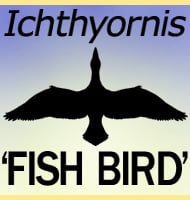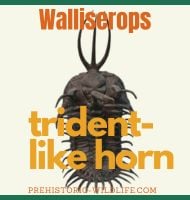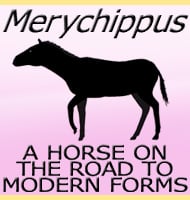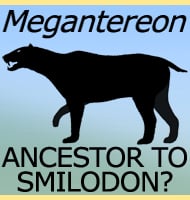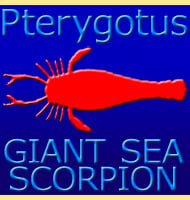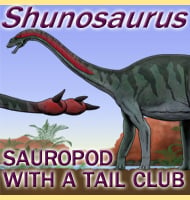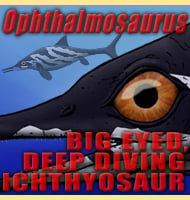In Depth
Deuterosaurus was a dinocephalian therapsid that lived in what is now Russia during the mid Permian. Skulls of Deuterosaurus range in size from about 23 centimetres for smaller species, to about 80 for particularly large species. These larger species would make Deuterosaurus one of the larger land animals of the Permian. Dinocephalian therapsids are usually perceived as being herbivorous, but the dentition of Deuterosaurus would also have been useful for tearing out chunks of flesh from animals. This has led to speculation that Deuterosaurus may have augmented its diet with meat, though the large physical size of the body would not be that well suited for chasing down prey. Instead, Deuterosaurus may have scavenged for carrion, perhaps even bullying predators away from their own kills.
Further Reading
- Palaeontological notes on reptiles. - Geologica Hungerica, (seria palaeontologica), v. 1, n. 1, p. 1-84. - F. B. Nopsca - 1928.

